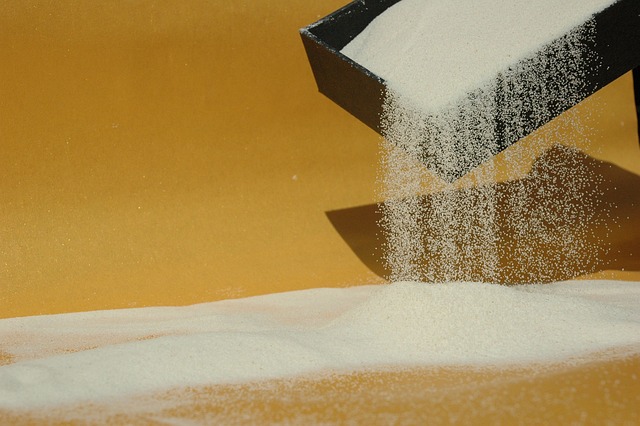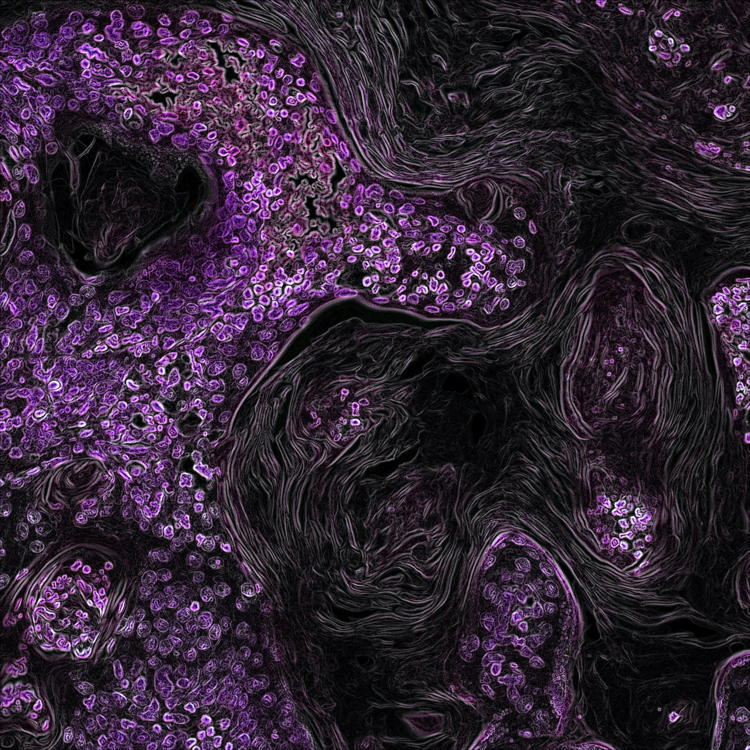Histochemistry for studying structure and function of the articular disc of the human temporomandibular joint

Submitted: 20 December 2011
Accepted: 21 December 2011
Published: 29 February 2012
Accepted: 21 December 2011
Abstract Views: 1057
PDF: 709
Publisher's note
All claims expressed in this article are solely those of the authors and do not necessarily represent those of their affiliated organizations, or those of the publisher, the editors and the reviewers. Any product that may be evaluated in this article or claim that may be made by its manufacturer is not guaranteed or endorsed by the publisher.
All claims expressed in this article are solely those of the authors and do not necessarily represent those of their affiliated organizations, or those of the publisher, the editors and the reviewers. Any product that may be evaluated in this article or claim that may be made by its manufacturer is not guaranteed or endorsed by the publisher.
Similar Articles
- S. Shibata, H. Fukuoka, R. Sato, T. Abe, Y. Suzuki, An in situ hybridization study of the insulin-like growth factor system in developing condylar cartilage of the fetal mouse mandible , European Journal of Histochemistry: Vol. 56 No. 2 (2012)
- J.P. Damico, E. Ervolino, K.R. Torres, D.S. Batagello, R.J. Cruz-Rizzolo, C.A. Casatti, J.A. Bauer, Phenotypic alterations of neuropeptide Y and calcitonin gene-related peptide-containing neurons innervating the rat temporomandibular joint during carrageenan-induced arthritis , European Journal of Histochemistry: Vol. 56 No. 3 (2012)
- C. Loreto, R. Leonardi, G. Musumeci, G. Pannone, S. Castorina, An ex vivo study on immunohistochemical localization of MMP-7 and MMP-9 in temporomandibular joint discs with internal derangement , European Journal of Histochemistry: Vol. 57 No. 2 (2013)
- L.O. Carvalho de Moraes, R.C. Tedesco, L.A. Arraez-Aybar, O. Klein, J.R. Mérida-Velasco, L.G. Alonso, Development of synovial membrane in the temporomandibular joint of the human fetus , European Journal of Histochemistry: Vol. 59 No. 4 (2015)
- K. Okamoto, N. Kiga, Y. Shinohara, I. Tojyo, S. Fujita, Effect of interleukin-1beta and dehydroepiandrosterone on the expression of lumican and fibromodulin in fibroblast-like synovial cells of the human temporomandibular joint , European Journal of Histochemistry: Vol. 59 No. 1 (2015)
- T. Matsumoto, M. Inayama, I. Tojyo, N. Kiga, S. Fujita, Expression of hyaluronan synthase 3 in deformed human temporomandibular joint discs: in vivo and in vitro studies , European Journal of Histochemistry: Vol. 54 No. 4 (2010)
- Y. Shinohara, K. Okamoto, Y. Goh, N. Kiga, I. Tojyo, S. Fujita, Inhibition of fibrous adhesion formation in the temporomandibular joint of tenascin-C knockout mice , European Journal of Histochemistry: Vol. 58 No. 4 (2014)
- C. Loreto, L. E. Almeida, M.R. Migliore, M. Caltabiano, R. Leonardi, TRAIL, DR5 and caspase 3-dependent apoptosis in vessels of diseased human temporomandibular joint disc. An immunohistochemical study , European Journal of Histochemistry: Vol. 54 No. 3 (2010)
- N. Kiga, I. Tojyo, T. Matsumoto, Y. Hiraishi, Y. Shinohara, S. Makino, S. Fujita, Expression of lumican and fibromodulin following interleukin-1 beta stimulation of disc cells of the human temporomandibular joint , European Journal of Histochemistry: Vol. 55 No. 2 (2011)
- L.O.C. de Moraes, F.R. Lodi, T. S. Gomes, C.T.F. Oshima, S.R. Marques, C.L.P. Lancellotti, J.F. Rodriguez-Vázquez, J.R. Mérida-Velasco, L.G. Alonso, Immunohistochemical expression of types I and III collagen antibodies in the temporomandibular joint disc of human foetuses , European Journal of Histochemistry: Vol. 55 No. 3 (2011)
You may also start an advanced similarity search for this article.

 https://doi.org/10.4081/ejh.2012.e11
https://doi.org/10.4081/ejh.2012.e11










